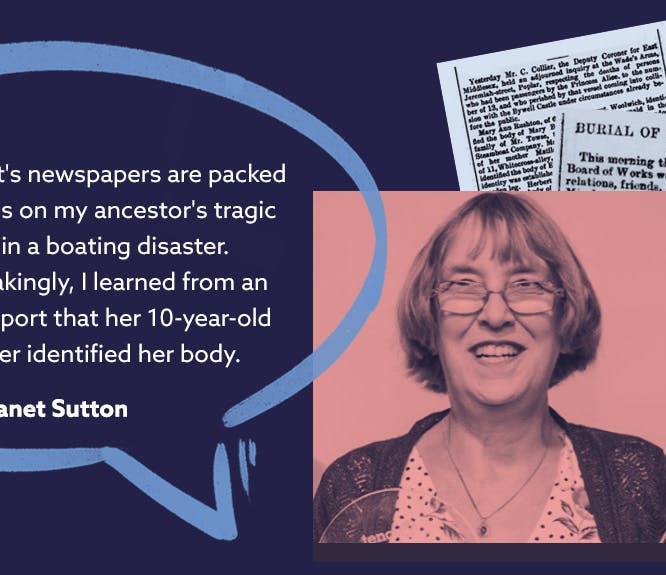3 Unexpected Aides to Irish Research
3-4 minute read
By The Findmypast Team | October 28, 2016
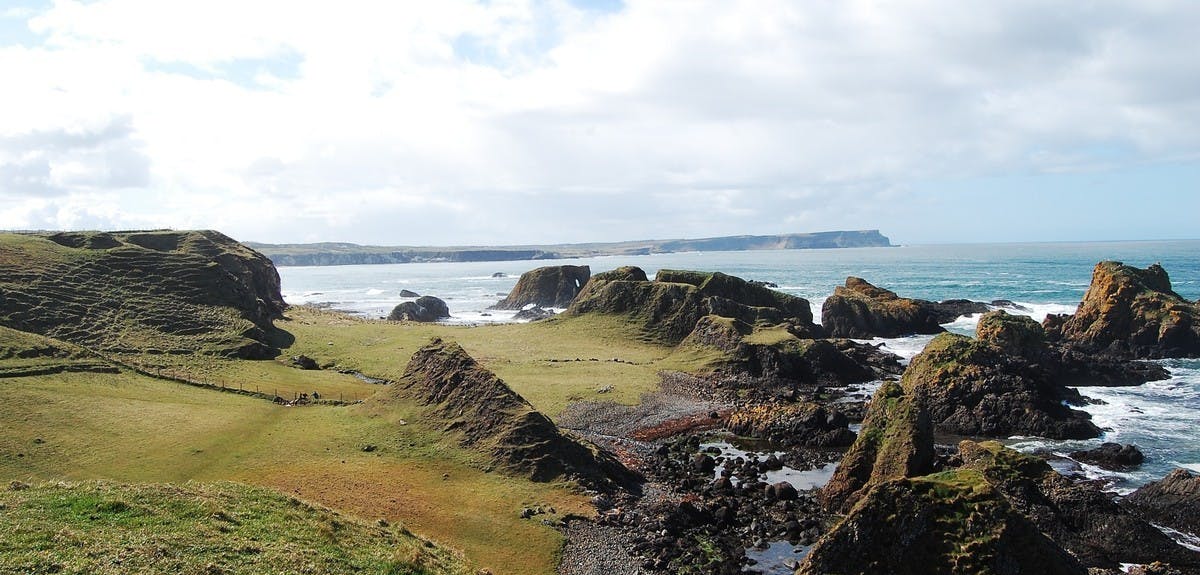
Irish genealogy is hard. There's no easy way to put it. Researching your Irish ancestors can come with its own set of challenges, but it's not impossible. There are plenty of strategies to help you overcome those brick walls that you're facing in your research. Even if you don't have the 1821, 1831, 1841 and 1851 censuses, not all hope is lost.
If you've searched through Griffith's Valuation 1847-1864, but don't know where to search next, below are the perfect records to aide in your Irish family history research.
The Landed Estates Court Rentals from 1850 to 1885 are a unique record set containing over 490,000 records from estates in almost every county in Ireland. This record set includes over 500,000 tenants on more than 8,000 estates in Ireland. During the famine in the mid-19th century, many landed estates were in serious financial trouble, but many of the tenants weren't allowed to sell the estates due to encumbered obligations that forced tenants and owners to pay mortgages, or portions, of the estate. However, in 1848 and 1849 two Encumbered Estates Acts were passed so that these estate owners could finally sell their land and make an income from it. These records are a result of the ability to sell property. Think of the Landed Estates Court Rentals like a catalog of houses for sale or rent. These Landed Estates Court Rentals covered not only urban areas, but rural areas as well, which may help if you can't track down your rural ancestors in more well-known records.
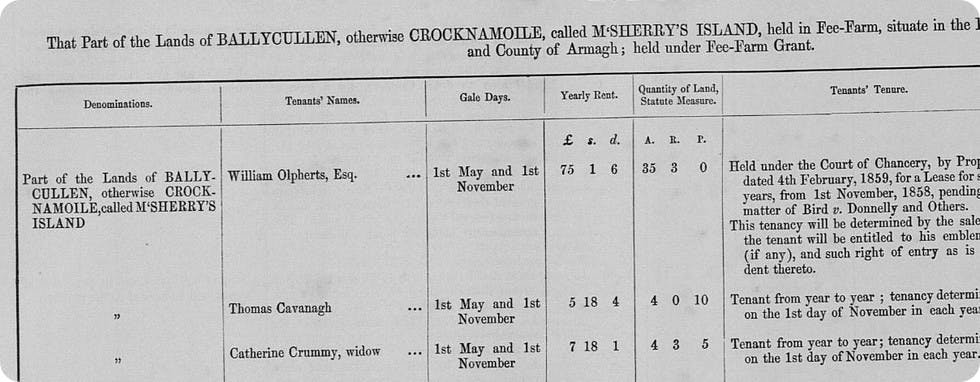
Image from the Landed Estates Court Rentals 1850-1885
These records are particularly useful because you could find:
But also be sure to view the image as it can yield additional information and facts to help you uncover more about your ancestors. In the images you could find:
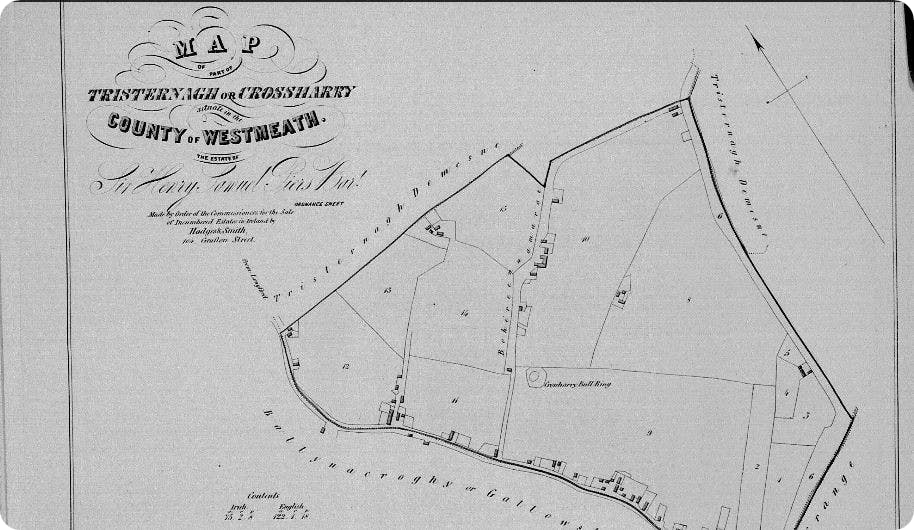
Image from Landed Estates Court Rentals 1850-1885
One of our most unique data sets is our Ireland Dog Licence Registers. If your ancestor had a furry companion, then this might be your next record to search. In 1866, dog licenses were introduced to help keep track of dogs that misbehaved, primarily by worrying sheep or by destroying property. Working dogs were very common in Ireland, so this record set is worth searching even if you don't think your ancestor was a "dog person." But these records can come in very handy in your genealogical research because not only do they include fun information about the dogs (such as breed and color), they also include the owner's information.
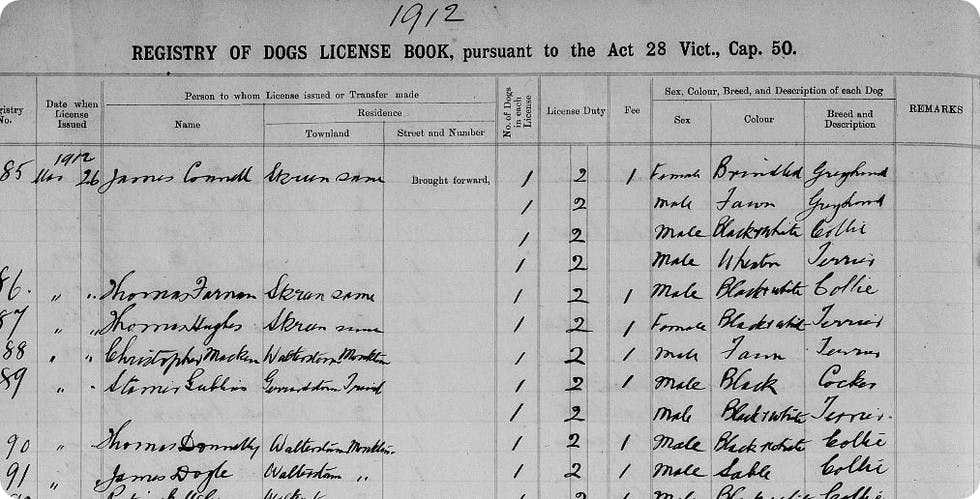
Image from the Ireland Dog Licence Registers
Here's what you mind find in our Ireland Dog Licence Registers:
If you look at the image you'll find out more about your ancestor's dog. You might learn the:
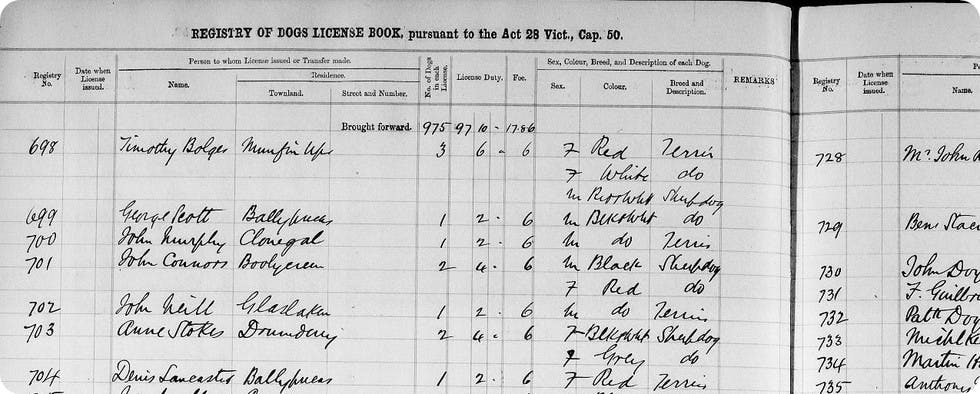
Image from the Ireland Dog Licence Registers
The Poverty Relief Loans are interesting in that they cover Ireland's Western Seaboard and so if you have rural ancestors in Ireland, who can be tricky to trace, these are the records worth digging into. These records have to do with the Irish Reproductive Loan Fund set up in 1822 to provide small loans to the poor. These records provide significant details and insight into life before and during the Great Famine, so you can get to understand what life was like for your ancestor during the hard times. These records not only provide a significant amount of information about your ancestor, but can also provide details of additional family members or friends who were co-signers or guarantors.
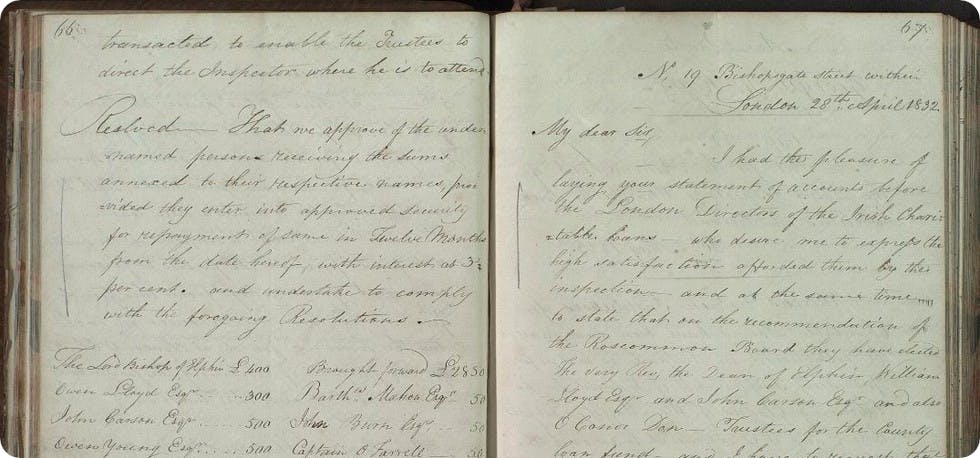
Image from Poverty Relief Loans 1821-1874
In this rich record set you may find:
But pay close attention to the images as well. They can reveal many additional details regarding the document you're viewing and your ancestor.
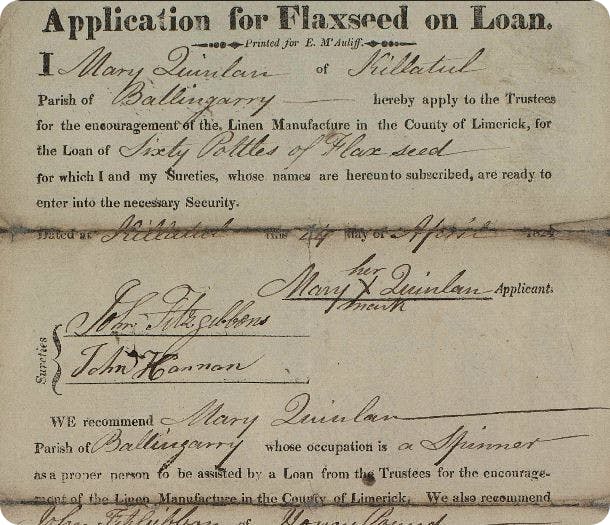
Image from the Poverty Relief Loans 1821-1874
Although Irish family history research is extremely difficult, it can be accessible and it is possible to break through some of those tough brick walls. It just takes a bit of creativity.
Related articles recommended for you

Labourers and landed gentry: Kate Middleton’s family tree
Discoveries
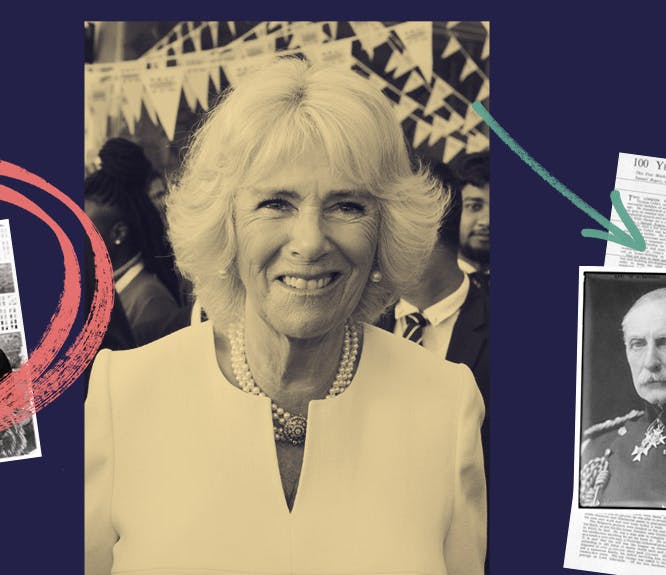
Aristocratic blood and surprising celebrity connections: Queen Camilla’s intriguing family history
Discoveries

10 Pearl Harbor newspaper headlines that shocked the world
History Hub
